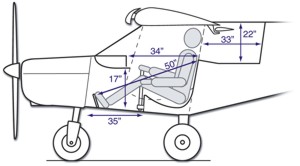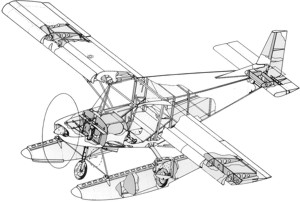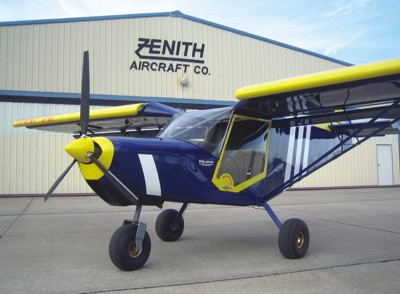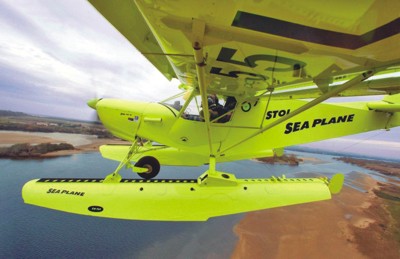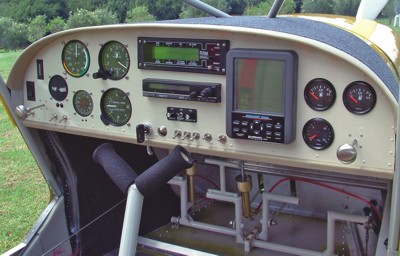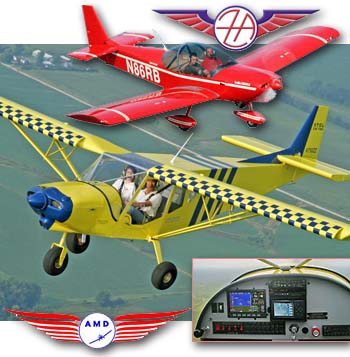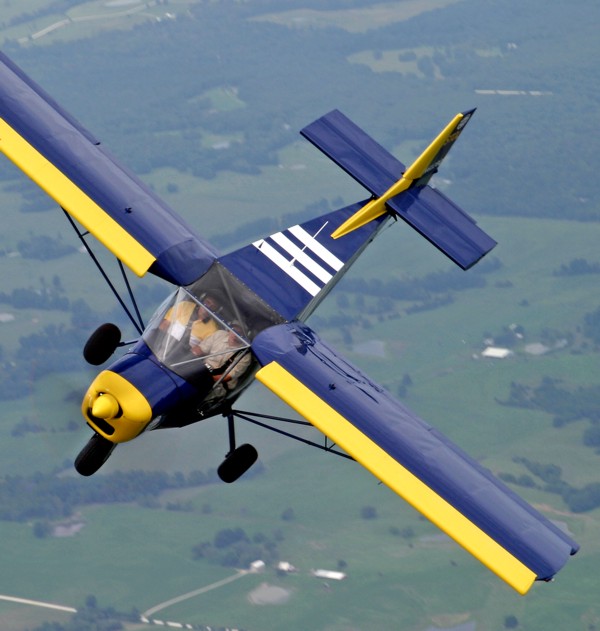
Every Light Sport & Ultralight Flying magazine reader has probably heard of off-road vehicles. How about an “off-airport” flying machine? You may not have used the term but you probably know one of the candidates: Zenith Aircraft’s highly functional CH 701. No one calls the CH 701 the most handsome aircraft in the fleet. That title may be better reserved for sleek carbon fiber jobs. But as a practical aircraft appealing to ultralight enthusiasts, the Chris Heintz design with a 20-year history is head of its class. While the design has not changed much in those two decades, the kit has changed quite a bit to make the builder’s effort easier. The designs of engineer Chris Heintz have been around a long time, beginning with his early Zipper ultralight-like aircraft. A prolific and versatile creator, his aircraft models have put nearly 3,000 builders in the air. The low-wing CH 601 series is the most popular at better than 60% of all Zenith models followed by more than 700 CH 701’s now flying around the world.





